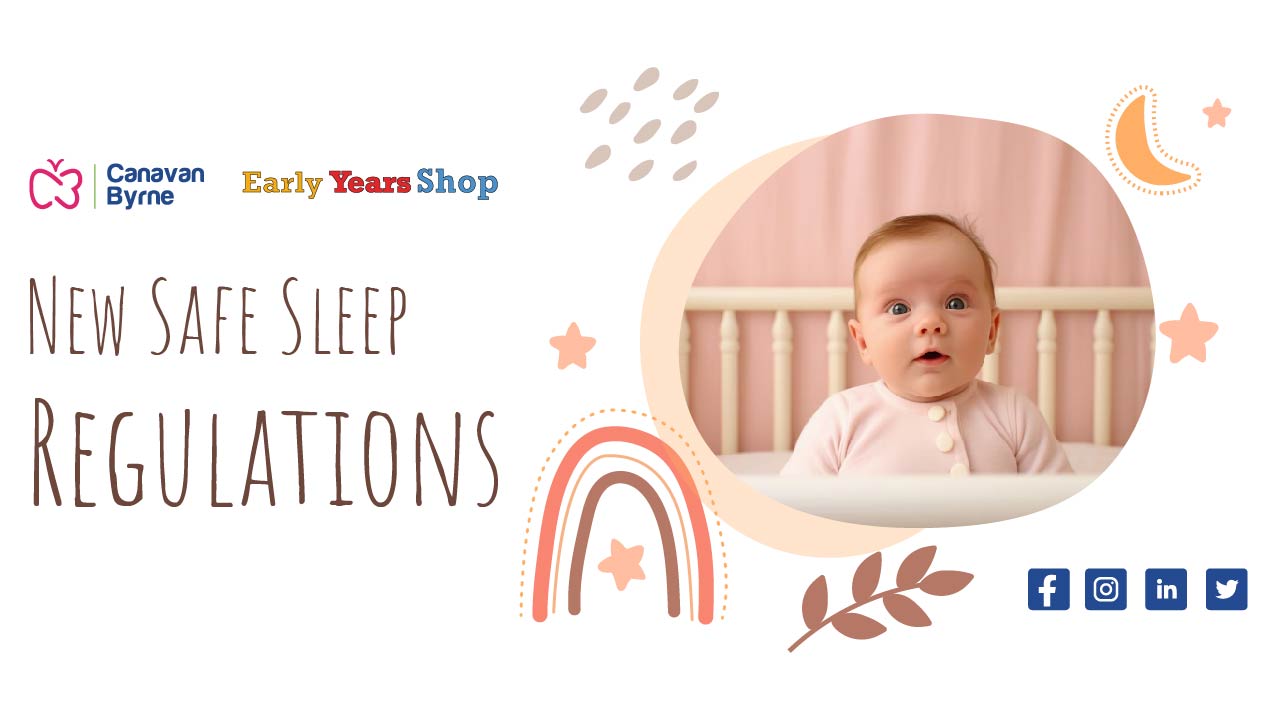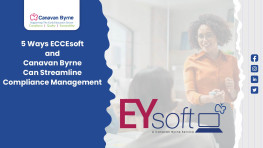
Tulsa's Early Years Inspectorate has issued new guidance concerning sleep arrangements for children under 24 months in the early learning and care sector. It is of utmost importance that your service thoroughly reviews, comprehends, and promptly implements these revisions, which take immediate effect. To assist you in this process, we have provided a concise summary of the amendments below:
Risk Assessment for Sleep Rooms:
All facilities providing sleeping accommodations for children must conduct a thorough risk assessment to ensure that the sleep room is safe, secure, and suitable to be used as a sleep room.
All facilities providing sleeping accommodations for children must conduct a thorough risk assessment to ensure that the sleep room is safe, secure, and suitable to be used as a sleep room.
Cots:
Children under 12 months must have access to a cot.
Floor Beds:
For children older than 12 months, transitioning to a floor bed is possible if there are emergent developmental signs.
A child above 15 months of age, once showing Developmental emergent signs of readiness, can be transitioned to a floor bed.
The floor bed provided must be a perfectly fitted, firm, with a comfortable mattress. It must be placed in a safe and well supervised environment.
The floor bed provided must be a perfectly fitted, firm, with a comfortable mattress. It must be placed in a safe and well supervised environment.
A risk assessment must be completed in full prior to transitioning a child from a cot to a floor bed.
The emergent developmental signs include:
Physical, motor indicators:
• The child is able to pull their body up towards the top of the side rail.
• The child shows they are developing the physical co-ordination to climb out of a cot.
• The child can freely walk around while in the cot.
• Parents report that the child is showing signs of readiness at home (including climbing out of a cot) or has already transitioned from a cot at home.
Emotional, independence indicators include:
• The child indicates that he or she can settle independently for sleep.
• When waking from a nap, the child indicates an urge to move independently from the area in which they were asleep.
Cognitive, communication indicators:
• The child understands and responds positively to sleep routines and boundaries in the sleep area.
• The child indicates non-verbal cues related to sleep or understands simple words associated with sleep.
Children Born Prematurely:
Children born prematurely (before 32 weeks' gestation) are corrected for gestational age up to their second birthday. It is recommended that these children remain in cots unless a risk assessment indicates otherwise.
Children born prematurely (before 32 weeks' gestation) are corrected for gestational age up to their second birthday. It is recommended that these children remain in cots unless a risk assessment indicates otherwise.
Shared Sleep Environments:
In cases where sleeping children share an environment with waking children, care must be taken not to disrupt their circadian rhythms. The care needs of both sets of children must be met. Alternative arrangements should be made if this cannot be achieved.
Lighting:
Sleep rooms should have ambient lighting to ensure the safety of children and staff.
Staff must be able to observe and record the skin colour of sleeping children. Direct sunlight should be avoided.
Staff must be able to observe and record the skin colour of sleeping children. Direct sunlight should be avoided.
Children should be able to see their surroundings upon waking.
Where it is a shared environment, the waking child should also be able to freely see and access their play areas without risk of harm due to insufficient lighting.
Room Temperatures:
Sleep room temperatures must be between 16-20⁰C where any infants up to their first birthday are sleeping.
In shared spaces, the temperature must be between 18-22⁰C, but never exceeding 20⁰C if there is a child 12 months, or under, sleeping.
Elevated room temperatures (above 20⁰C) can heighten the risk of hyperthermia, which is a known risk factor for Sudden Infant Death Syndrome (SIDS).
Sleep room temperatures must be recorded in real time to ensure the temperatures are kept within the correct range based on the children’s ages.
Bedding Choices:
Cellular blankets must be used for infants up to 12 months, while lightweight blankets are suitable for children over 12 months.
All-in-one sleeping bags with neck and armholes are not recommended for children who can stand and walk around their sleep area.
All-in-one sleeping bags with neck and armholes are not recommended for children who can stand and walk around their sleep area.
Children aged 24 months and over can be offered a pillow at rest or sleep.
We have updated our Safe Sleep Policies, Safe Sleep Pack and e-Learning Courses to reflect the new safe sleep guidance from Tusla. The links to these can be found below.
If you have any questions or require further support, please get in touch with our expert team.
Safe Sleep Policies
Safe Sleep Pack
Safe Sleep e-Learning Course
Share this article



